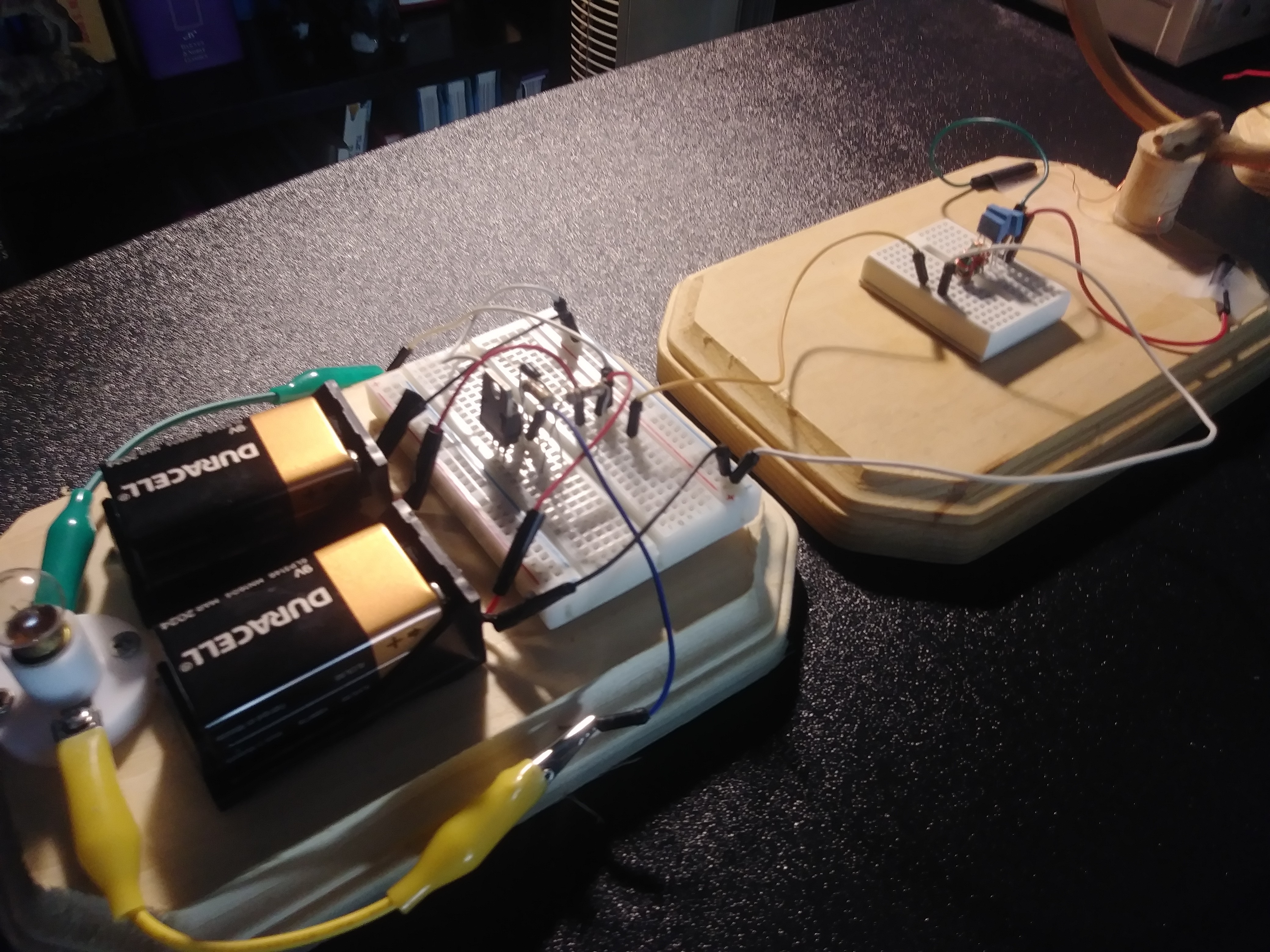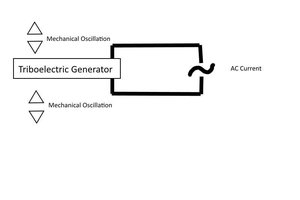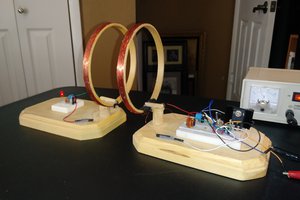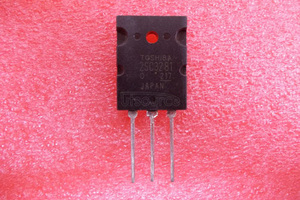Similar to some of the builds others have put together, the wireless energy or “electricity” transfer that I made was limited to both the distance between the sending and receiving coils as well as the amount of power that was able to be actually transferred. As many electronic hobbyists have observed, using a simple LED requiring about 3 to 4 volts was approximately the maximum amount of electricity that it was able to receive wirelessly. That is, if the circuit only allowed for 5 volts to achieve resonant inductive coupling “tuning” between the transmitting and receiving coils, there would invariably be some loss of electricity during the transfer thereby limiting the type of bulb to be used to a low voltage LED. For example, a 5-volt screw-in base miniature light bulb requiring let’s say 0.25 to 0.5 amps would be too strong for such a simple or basic wireless energy transfer build to provide enough power.
However, by working with transistors such as the TIP120 NPN, I learned that the base did not require that much power to turn on the transistor allowing electricity from an external source such as a battery to pass through the transistor’s collector and emitter. As a result, I went ahead and put together a circuit using a TIP120 NPN transistor for the purpose of powering up a bulb requiring more voltage and amperage than a basic LED. But instead of using an Arduino device per se to provide the basic 3 volts to power up the base of the transistor, I instead connected the positive and negative wires of that circuit to the receiving side of the wireless energy transfer.

When providing the required voltage to the transmitter side of the wireless energy transfer, this produced a low power alternating current in the transmitter coil that in turn generated a magnetic field which resulted in inducing voltage on the receiver coil. Interestingly enough, the limited voltage transferred to the receiving side was enough to power up the base of the transistor and allow for electricity to flow from the 9-volt batteries through the transistor and light up the bulb (note: I decided to use two 9 volt batteries in this case). Although this was an indirect way to turn on the 5-volt screw-in miniature light bulb, it did provide a means by which a wireless energy transfer system could be incorporated to turn on the base of the transistor and in turn a more powerful bulb or device. In other words, the amount of electricity needed to turn on an LED was enough to power up the base of a transistor such as the TIP120. In addition, the closer the two wireless energy transfer coils were moved towards one another, the more power was provided to the transistor base causing the bulb to glow even stronger. Putting distance between the two coils resulted in the base (or gate) of the transistor to slowly turn off causing the bulb to grow dimmer until completely off.
(click on link below to view video)
https://video.wixstatic.com/video/301c36_aa669454d0b24e3896c89a55c7b1bf12/480p/mp4/file.mp4
Although there are still limitations and challenges to the practical use of wireless energy transfer at this time, a continued effort has been seen in developing this technology for widespread commercial use around the world.
----------------------------------------------------------------------------------------
Additional thoughts with regards to also using a slayer exciter as a wireless power transfer device to turn on the base of a transistor on a "transistor – bulb type circuit".
I observed that when using a slayer exciter, the transistor-bulb circuit was also turned on via the positive and negative wires that were left hanging out like antennas receiving the signal or in this case the...
Read more » G. Rosa
G. Rosa
 MECHANICUS
MECHANICUS

 mircemk
mircemk
 Electroniclovers123
Electroniclovers123